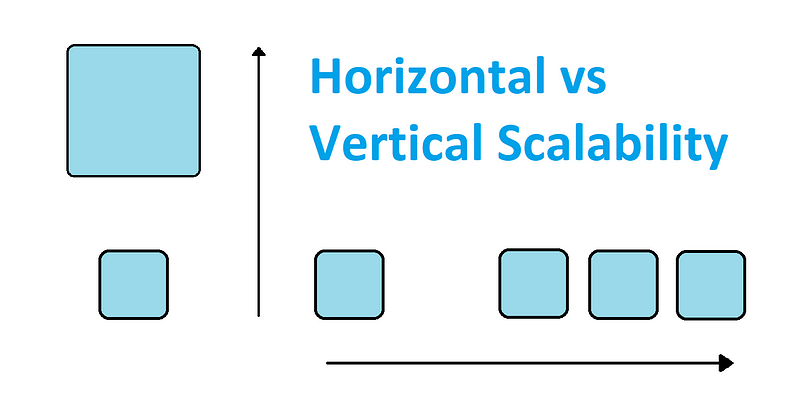Horizontal vs Vertical Scalability
Scalability is basically the proficiency of the system. It can be measured by the number of requests to our system. There are many scaling…

Scalability is basically the proficiency of the system. It can be measured by the number of requests to our system. There are many scaling options such as Memory or CPU adjustments, storage types, network, etc. If you have good scalability, this ensures that you can protect your system from downtime and your services can work more effectively.
When we want to implement scaling, will face it with two words which are Vertical and Horizontal scalability.
Vertical Scaling (Scale-Up)
By the vertical scaling, our infrastructure will keep but we will increase computing power. This means buying more powerful devices and changing old ones. So you can upgrade the hardware such as memory, CPU, storage, and network speed improvements.

Horizontal Scaling (Scale-Out)
On the other hand, horizontal scaling aims to share workload and balance across multiple machines. That means simply adding more machines side by side. Distributed systems can be an example of this strategy.

Vertical VS Horizontal
What should I consider when making a decision?
- Cost
- Reliability
- Upgradability and flexibility
- Complexity
- Performance
resources:
https://touchstonesecurity.com/horizontal-vs-vertical-scaling-what-you-need-to-know/
https://www.section.io/blog/scaling-horizontally-vs-vertically
https://www.cloudzero.com/blog/horizontal-vs-vertical-scaling